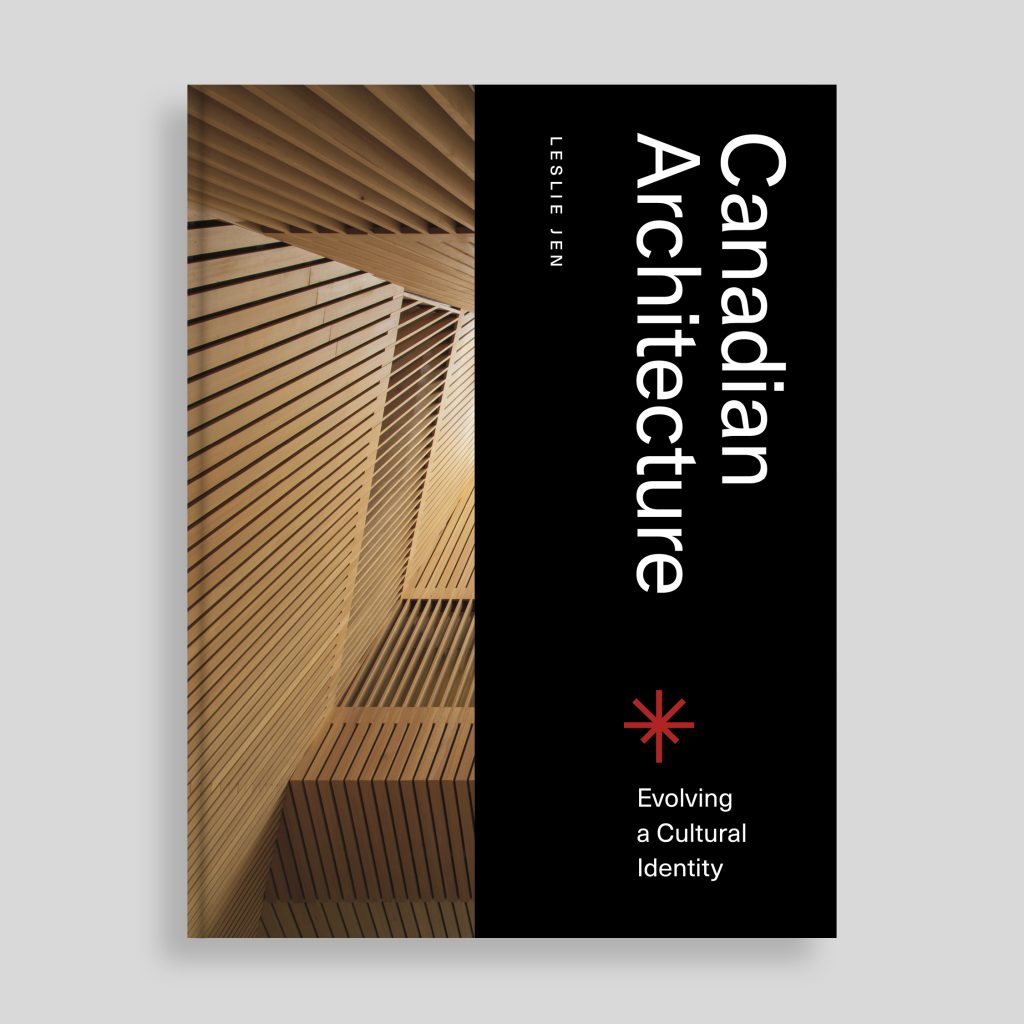The Newsroom
Q&A: Leslie Jen, author of “Canadian Architecture”
Canadian Architecture: Evolving a Cultural Identity by Leslie Jen surveys the country’s most accomplished architectural firms, whose work enhances cities and landscapes across Canada’s geographically varied expanse. Here author Leslie Jen answers a series of questions which was originally posted on UrbanYVR.
What got you interested in writing Canadian Architecture?
A lifelong interest and training in architecture evolved into a career writing about architecture. My longtime role as Associate Editor at Canadian Architect magazine provided exposure to the work of architecture firms in virtually every province, which enabled me to learn not only about the ethos and motivation behind these firms but also the regional characteristics of the communities they work in—further reinforced through my travels across the country and abroad. But while there are many architecture-related books that are either building-focused city guides or monographs concentrated on the work of a single architecture firm, few encompass a comparative survey of design practices on a national level, and I wanted to examine it through that lens.
How do you see Canadian architecture evolving in the coming years? What is the reception to Canadian architectural designs on the world stage? What are we well-known for, or becoming well-known for?
From time to time I travel abroad to cover design shows, and while there are a handful of prominent Canadian designers recognized in architecture and interior/industrial design, we are not a huge player globally—which is understandable given our relatively sparse population compared to the U.S., Europe and Asia, etc. It’s also because our country is fairly young and our government has yet to support and promote architecture and design (and cultural production in general) at the same level that other countries do. I’m hoping this book will play a small part in changing that by giving greater exposure to the Canadian firms working so hard to design excellent buildings and communities while advancing the national and international design discussion.
I think that in coming years, there will necessarily be an increased rate of scientific and design innovation in architecture and building practices to address the many challenges we are having with climate change, social inequality, growing and aging populations, and consequent health-related challenges. Architects can’t just be relegated to designing pretty buildings, but will need to be heavily involved in the larger scope of city- and community-building literally from the ground up.
There is no single answer to what Canadian designers are best known for, which is sort of the point of the book. Architecture is and should be regionally specific, speaking to their immediate environments. If I were to make a comment on Canadian design in general, I think that as a nation, we are welcoming and open to our increasingly pluralistic and multicultural society. Architects are very much a part of this, accommodating the complex and varied needs of these communities through sensitive and considered design responses and strategies.
How do you think our changing climate will affect Canadian architecture?
Most architects have already begun implementing much more stringent and comprehensive sustainability strategies into the design of their buildings, dedicating a lot of time and resources to technological research and innovation to ensure we have a viable planet for future generations — we simply can’t afford not to. The most forward-thinking architects are finding ways to reduce our footprint on this earth, minimizing urban sprawl and the consumption of resources, and maximizing energy efficiency and occupant health and well-being. This does not have to come at the expense of design integrity and beauty; the best architects will find a way to design buildings that accomplish all of the above.
